


A massive European study has uncovered a powerful connection between hearing loss, loneliness, and memory decline. Researchers at the University of Geneva found that older adults...



A groundbreaking study from Flinders University reveals that it's not just making eye contact that matters, but precisely when and how you do it. By studying...



Yoga, Tai Chi, walking, and jogging may be some of the best natural remedies for improving sleep and tackling insomnia, according to a large analysis comparing...
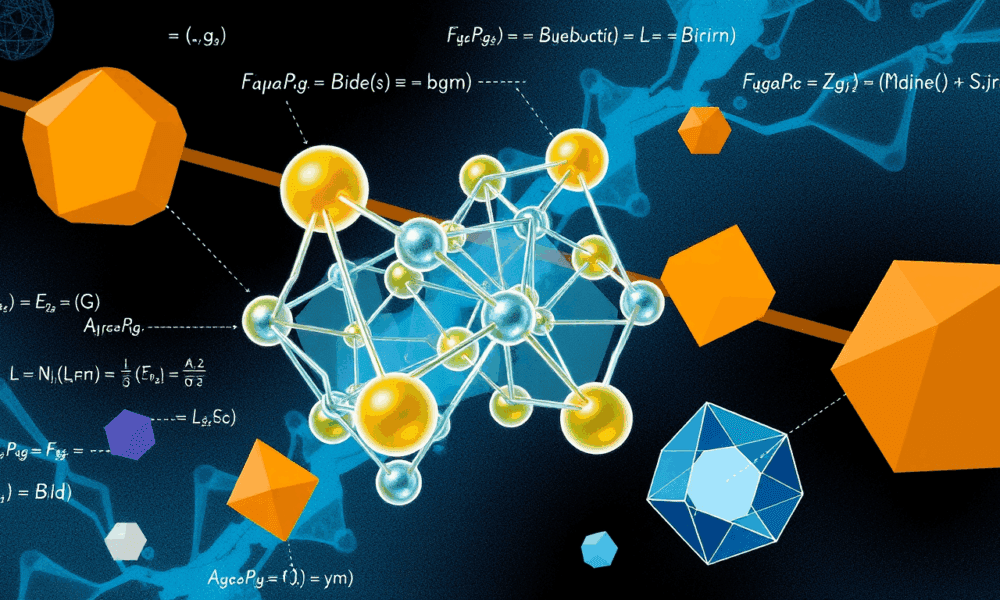
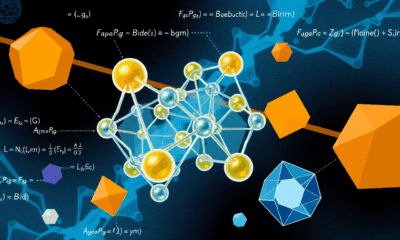

Crystals may seem flawless, but deep inside they contain tiny structural imperfections that dramatically influence their strength and behavior. Researchers from The University of Osaka have...



Using advanced metasurfaces, researchers can now twist light to uncover hidden images and detect molecular handedness, potentially revolutionizing data encryption, biosensing, and drug safety.



A shocking study reveals that many leaders of nuclear-armed nations—including US presidents and Israeli prime ministers—were afflicted by serious health problems while in office, sometimes with...
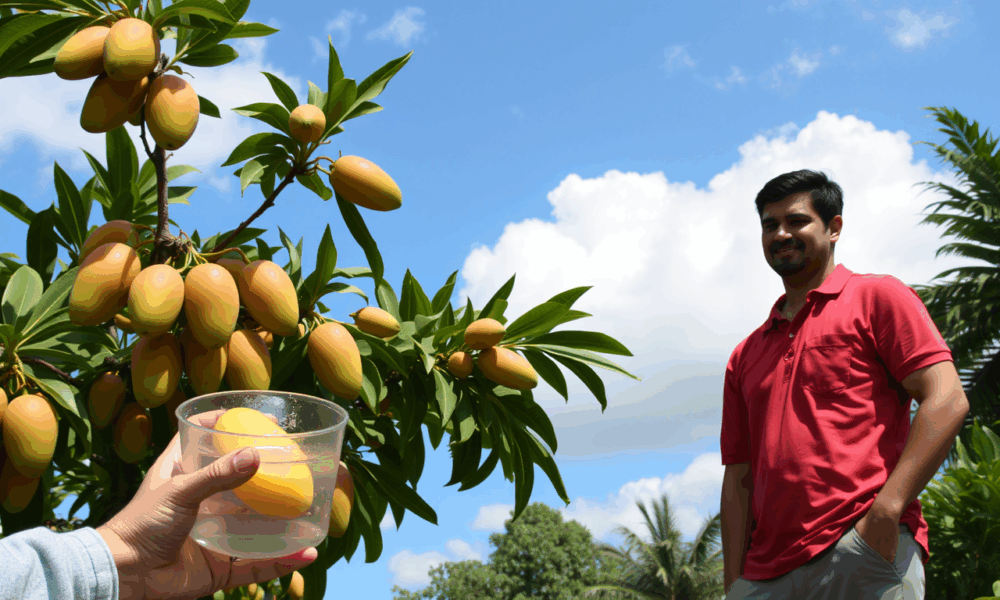
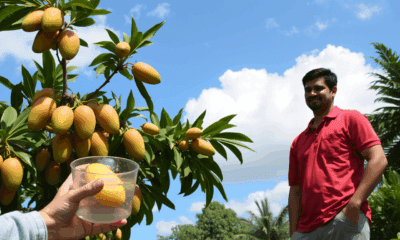

Mango lovers and growers alike may soon rejoice: scientists at Edith Cowan University have found that a simple dip in ozonated water can drastically extend the...



Dogs trained by everyday pet owners are proving to be surprisingly powerful allies in the fight against the invasive spotted lanternfly. In a groundbreaking study, citizen...
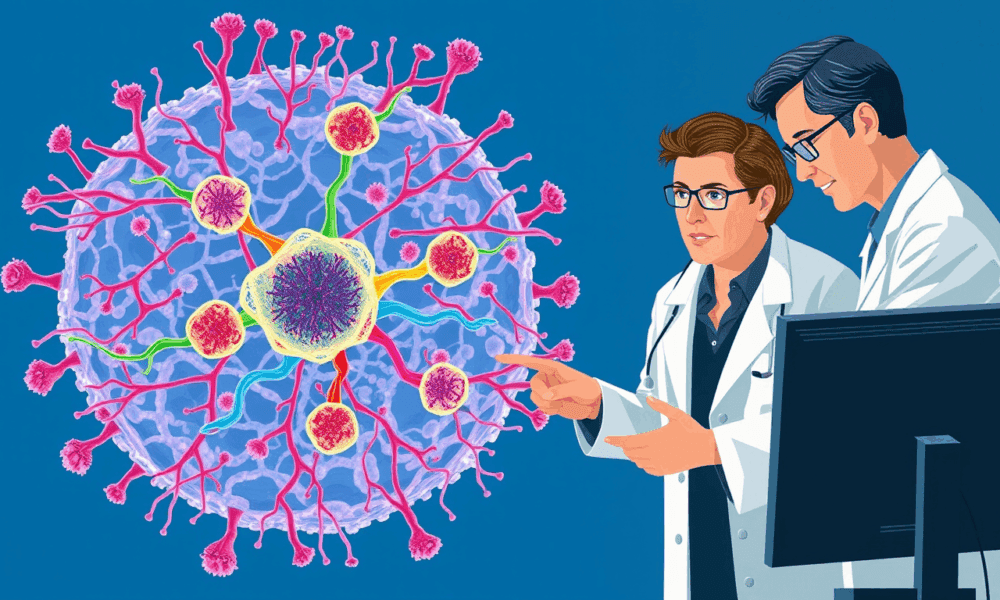
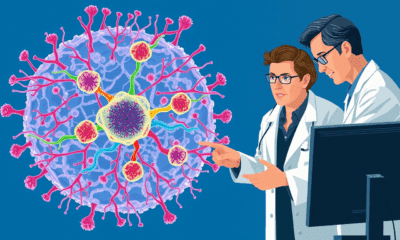

Scientists have uncovered a surprisingly simple “tissue code”: five rules that choreograph when, where, and how cells divide, move, and die, allowing organs like the colon...
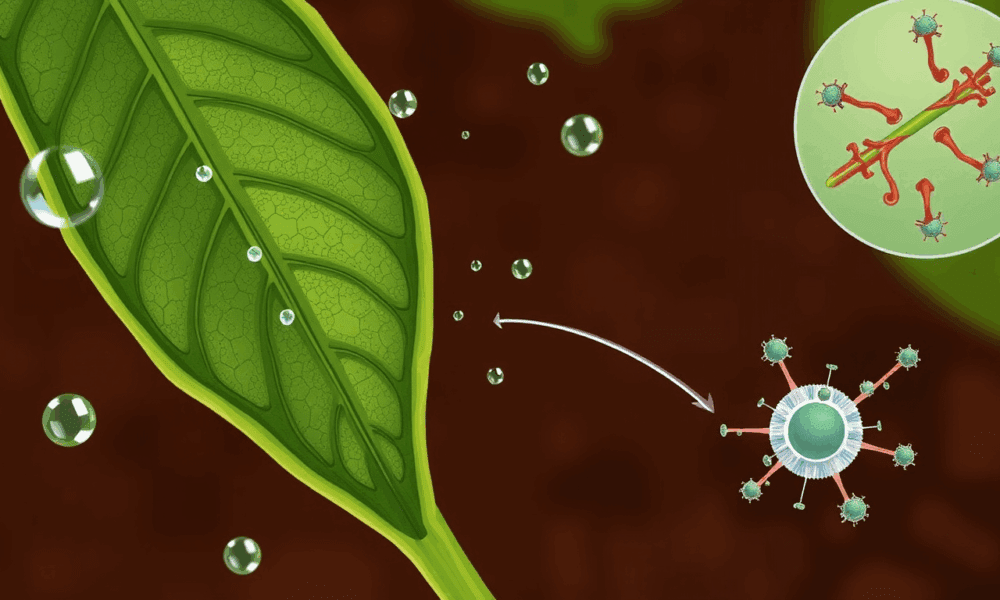
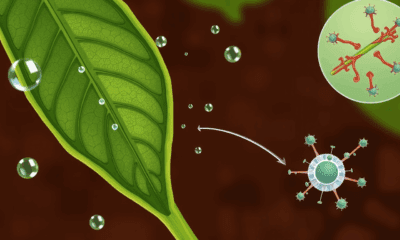

Scientists have discovered that a protein once thought to be just a cellular "courier" actually helps plants survive drought. This motor protein, myosin XI, plays a...